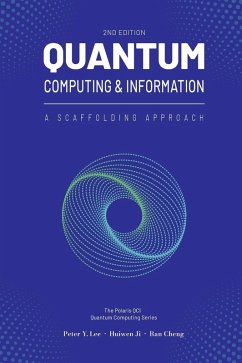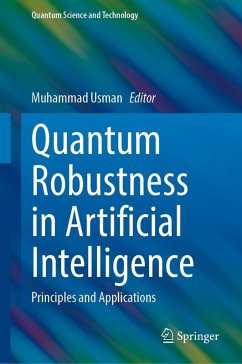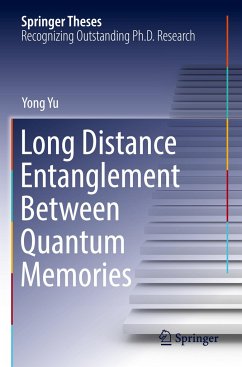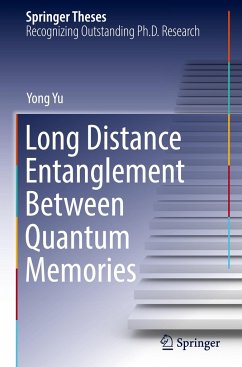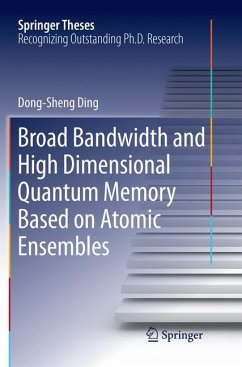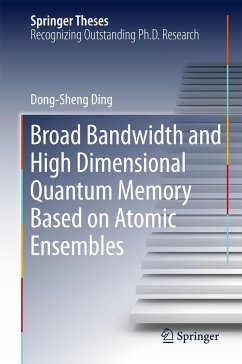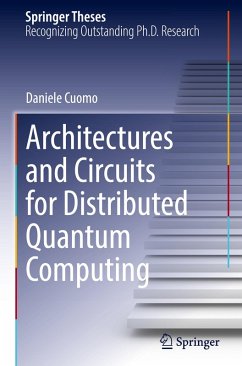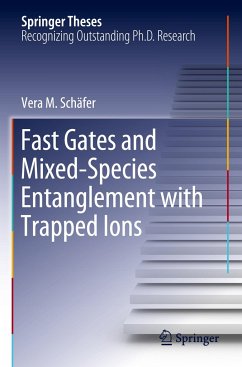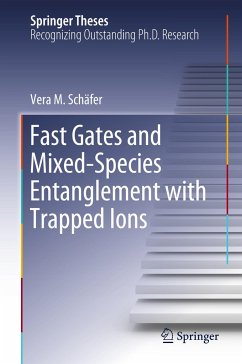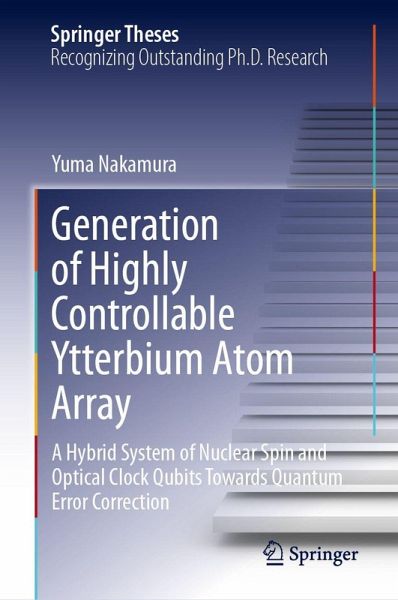
Generation of Highly Controllable Ytterbium Atom Array
A Hybrid System of Nuclear Spin and Optical Clock Qubits Towards Quantum Error Correction
Mitarbeit: Takahashi, Yoshiro
Versandkostenfrei!
Versandfertig in 6-10 Tagen
127,99 €
inkl. MwSt.

PAYBACK Punkte
64 °P sammeln!
This book offers a comprehensive exploration of a novel hybrid quantum computing platform based on dual-isotope ytterbium atom arrays. It presents pioneering work toward fault-tolerant quantum computation using nuclear spin and optical clock qubits in a neutral-atom system. The central challenge addressed in this book is the implementation of quantum error correction (QEC) in neutral-atom architectures, particularly the need for mid-circuit measurements reading out ancilla qubits without disturbing data qubits. To overcome this, the author develops a hybrid array composed of fermionic 171Yb (s...
This book offers a comprehensive exploration of a novel hybrid quantum computing platform based on dual-isotope ytterbium atom arrays. It presents pioneering work toward fault-tolerant quantum computation using nuclear spin and optical clock qubits in a neutral-atom system. The central challenge addressed in this book is the implementation of quantum error correction (QEC) in neutral-atom architectures, particularly the need for mid-circuit measurements reading out ancilla qubits without disturbing data qubits. To overcome this, the author develops a hybrid array composed of fermionic 171Yb (serving as nuclear spin data qubits) and bosonic 174Yb (serving as optical clock ancilla qubits). This innovative combination enables non-destructive state readout and low crosstalk between qubits, laying critical groundwork for QEC protocols. This book demonstrates efficient state initialization and coherent control of both types of qubits in large-scale tweezer arrays. Through precise manipulation and rearrangement techniques, a defect-free, dual-isotope array is constructed with high single-site fidelity and minimal dual occupancy. Crosstalk analysis reveals that 174Yb imaging light does not degrade the coherence of adjacent 171Yb nuclear spin qubits an essential result for practical QEC. In parallel, the work reports the development of a high-power, narrow-linewidth ultraviolet laser at 325 nm to achieve coherent Rydberg excitation of ytterbium atoms. The laser system, which includes a Raman fiber amplifier and high-finesse cavity for noise suppression, enables MHz-order Rabi oscillations between metastable and Rydberg states. This achievement provides a path toward implementing high-fidelity two-qubit gates, a cornerstone of universal quantum computation. This book combines theoretical insights, advanced laser engineering, and precision atomic control to establish a scalable, neutral-atom-based quantum computing architecture. Its interdisciplinary approach makes it a valuable resource not only for physicists working in quantum optics and atomic physics but also for engineers and computer scientists interested in next-generation quantum technologies.



